The U.S. ADP data for February was a surprise, and non-farm data became the key focus
- 2025年3月6日
- Posted by: Macro Global Markets
- Category: News
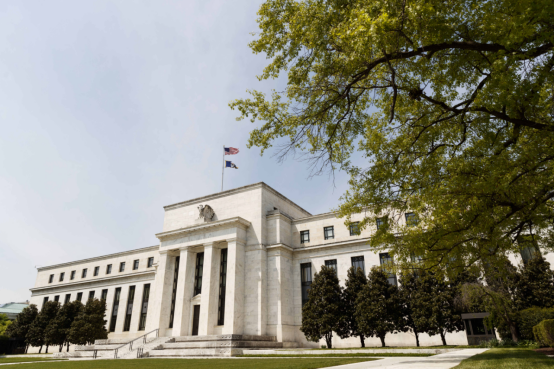
US February ADP data is unexpected, non-farm data becomes the key focus
The U.S. ADP employment data for February was unexpectedly disappointing, far below market expectations. This result instantly ignited investors' sensitive nerves. The gold market was the first to react violently, and prices fluctuated sharply. At the same time, the evolution of expectations for the Fed's rate cut has entered a new stage, and the upcoming non-farm data is seen by the market as a key factor in determining the next direction of gold.
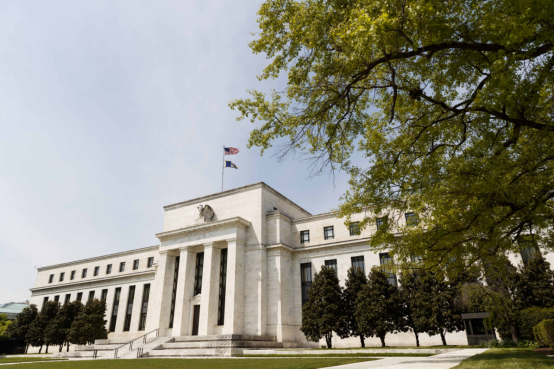
The U.S. ADP private sector employment data for February was unexpectedly "a cold snap", with only 77,000 new jobs added, far below market expectations of 140,000, marking the lowest increase since July 2024. By industry, employment in the trade/transportation/utilities sector fell sharply by 33,000, becoming the biggest drag, and only the wage growth rate in the financial services industry rose slightly to 5.1%. After the data was released, the US dollar index fell slightly in the short term, while the price of gold fluctuated sharply in a short period of time. Investors' concerns about market uncertainties intensified and risk aversion sentiment quickly heated up.
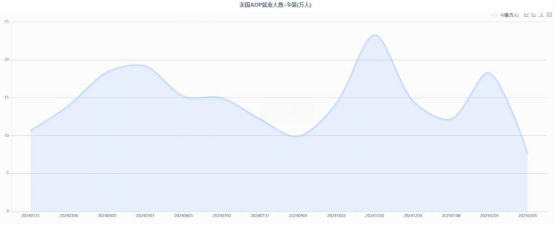
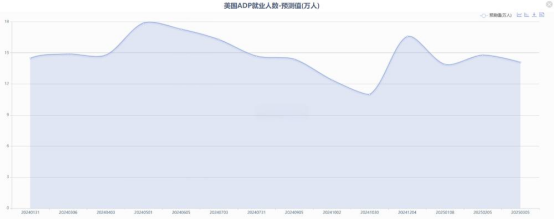
Expectations of a Fed rate cut rise again, the market is cautiously watching
With the release of ADP data, market discussions on the direction of the Federal Reserve’s monetary policy have once again heated up. Recently, Federal Reserve Chairman Powell has given stronger expectations for interest rate cuts, and the "dot plot" released by the Federal Reserve has confirmed that there is a high probability that interest rates will be cut three times this year. These factors have caused the market's expectations for the Federal Reserve to cut interest rates to continue to rise. The poor performance of the ADP data this time has further strengthened the market's expectations for the Federal Reserve to cut interest rates.
However, given the conflicting economic data, the future direction of the Fed's monetary policy remains uncertain. Some analysts believe that the Federal Reserve may adopt a "wait-and-see rate cut" strategy, that is, cautiously adjusting monetary policy while observing changes in economic data.
This uncertainty is both a challenge and an opportunity for the gold market. On the one hand, the rising expectations of interest rate cuts will reduce the opportunity cost of holding gold and increase its attractiveness; on the other hand, market uncertainty about the Fed’s policies may also cause investors to hold on to their currencies and wait and see, suppressing some trading enthusiasm in the gold market.
Non-agricultural data is the key, and the gold market is waiting for guidance
After the ADP data was a surprise, market attention was focused on the upcoming US non-farm payrolls report. As key data reflecting the employment status of the non-agricultural population in the United States, non-farm data can not only directly reflect the operating trend of the US economy, but also have an important impact on the Federal Reserve's monetary policy.
Currently, investors are in a highly nervous wait-and-see state, waiting for the release of non-agricultural data. Judging from market expectations, most institutions and analysts expect that this non-farm data will have an important impact on the gold market, but the specific direction is still difficult to predict.
Spot gold quickly rose by $3 after the data was released, reaching $2,916 an ounce, but the rally failed to continue and subsequently fell back to $2,913.27 an ounce. Although the intraday volatility is not large, it reflects investors' temporary risk aversion in the face of good news. It then rose to around $2,920 per ounce today and fluctuated.
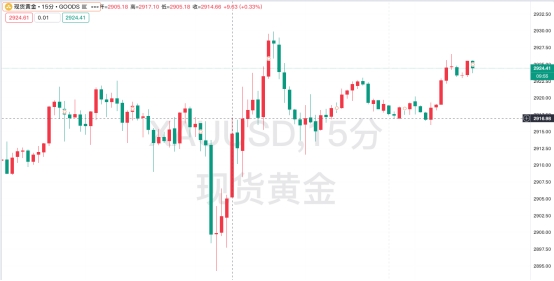
In addition to economic data and monetary policy, geopolitical situation and international trade situation are also important factors affecting the gold market. Recently, the Trump administration announced additional tariffs on a number of countries, causing market concerns about the escalation of global trade frictions. The rising risk aversion sentiment has driven up gold prices. At the same time, the continued tension between Russia and Ukraine, as well as changes in the US-Russia agreement in areas such as mineral resources, have added more uncertainty to the gold market.
The unexpected surprise of the US ADP data in February has triggered sharp fluctuations in the gold market. The evolution of the Fed’s expectations for rate cuts and the upcoming non-farm data will become key factors in determining the future trend of the gold market. In the current complex and changing market environment, investors need to remain highly vigilant, pay close attention to recent changes in relevant information, and make investment decisions prudently.
